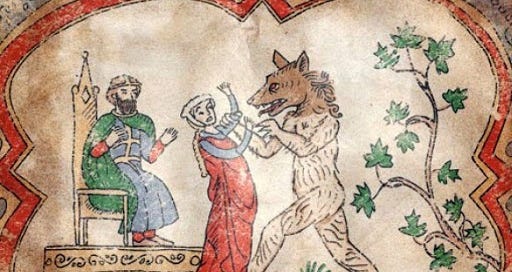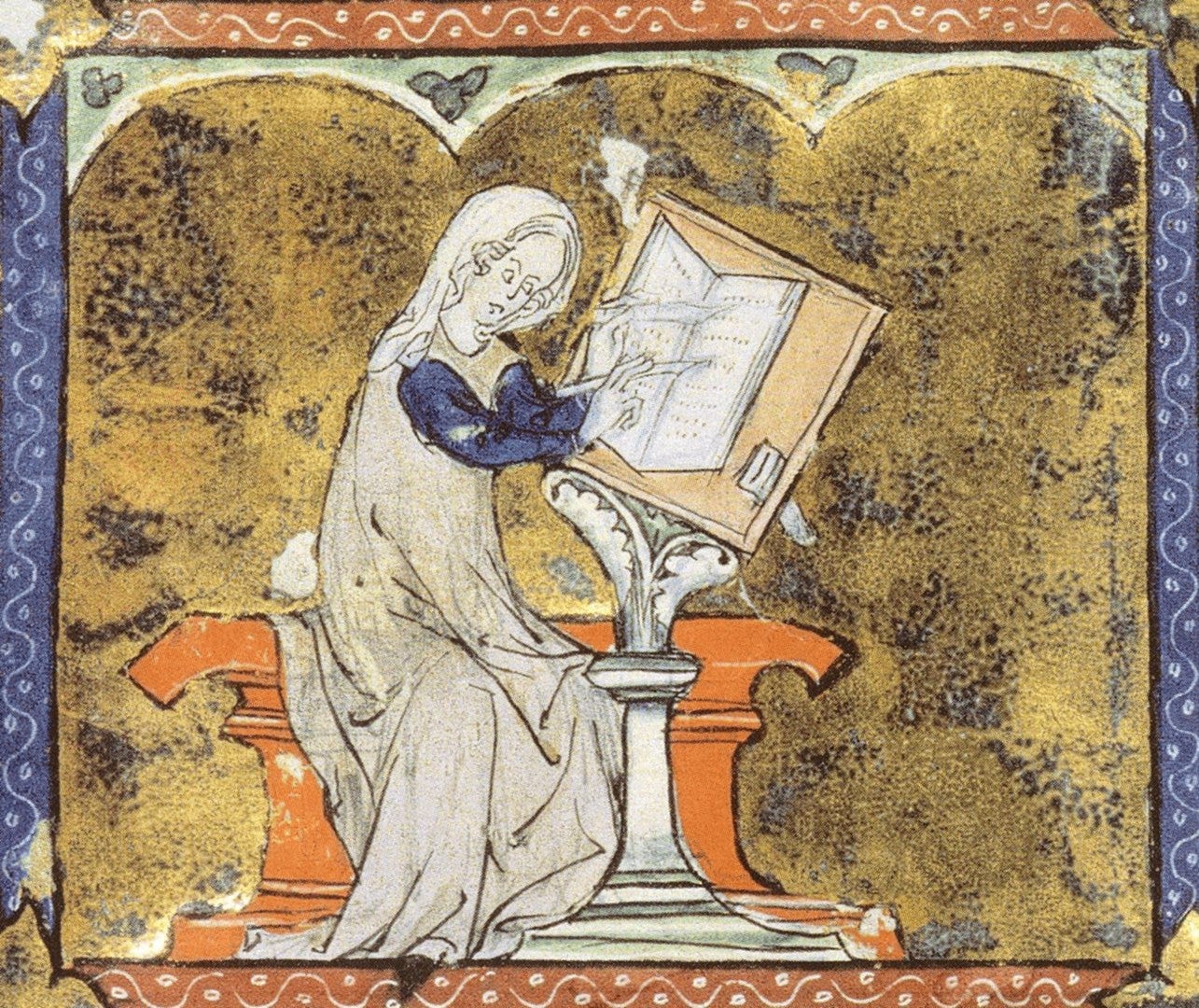This week I'm reading literature from the Middle Ages; not exactly my expertise, but enjoyable nonetheless. Growing up, I loved reading about the English monarchy, but when I decided to major in history, it was obvious that focusing on it would be impractical. I still took a class about women in the Medieval era and a second about Vikings. Out of all of my classes, those were my favorites, and a third was about the literature of the American West. So the practical route was to pursue the American West as my focus for becoming a historian. But my interest in the Medieval period persists, and this week I decided to read Marie de France’s lais, or poems.
I first read the lais as an undergrad at Idaho State University. I was enchanted with them; they have been one of my favorite pieces of literature since. I read a new translation this week of Bisclavret, one of the twelve lais attributed to Marie de France. It was the first selection of women’s writing featured in the Norton Anthology of Literature by Women: The Traditions in English, edited by Sandra M. Gilbert and Susan Gubar. Dorothy Gilbert translated the version they featured. It maintained the original verse, which lent an air of effervescence that the prose version lacks.
Dorothy Gilbert, who has been on the faculty of the University of California at Davis, Mills College, Merritt College, and the California State University, East Bay, published a translation of Marie’s work in the Norton Critical Edition series, Marie de France: Poetry. Unable to help myself, I ordered Gilbert’s book to compare her two facing-page translations of Marie’s work, one for Biclavret. The book contains Marie’s twelve lais, some of her fables, and an excerpt from Saint Patrick’s Purgatory. During my research, I also found a 2018 complete facing-page translation by Claire M. Waters, who teaches at the University of California, Davis.
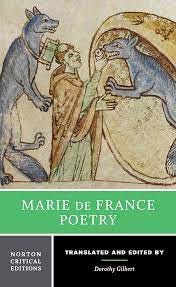
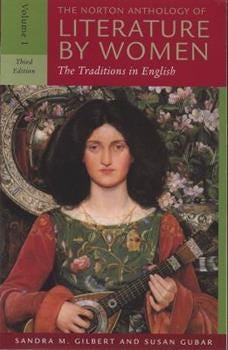
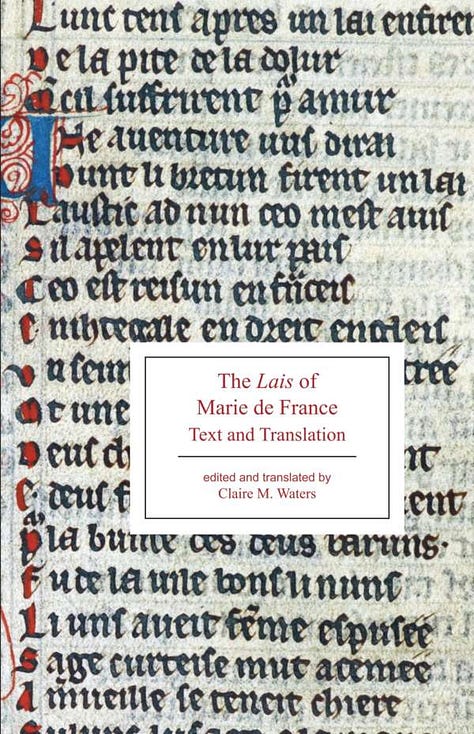
As I thought about what I could write for this particular article, I looked into Marie’s biography and various translations across the decades. I reread Bisclavret in my Penguin Classics version, translated by Glyn S. Burgess, reprinted in 2003. The Bisclavret version was in prose, which created a different reading experience. The introduction written by Glyn Burgess and Keith Busby was informative; you'll find, and probably not be surprised, that Marie might not have existed, could have been a man, might not have authored all of the lais, etc. This information only adds to Marie’s appeal - what is true? What do we really know?
The consensus seems that a woman who wrote poetry and called Marie existed at the right time and place to attribute the lais to her. She was born in France (hence the de France) and lived at least part of her life in England. Her lais were dedicated to a king, who is commonly thought to be Henry II. Her work is planted firmly in the romance literary form tradition, which features stories of love, chivalry, and adventure.
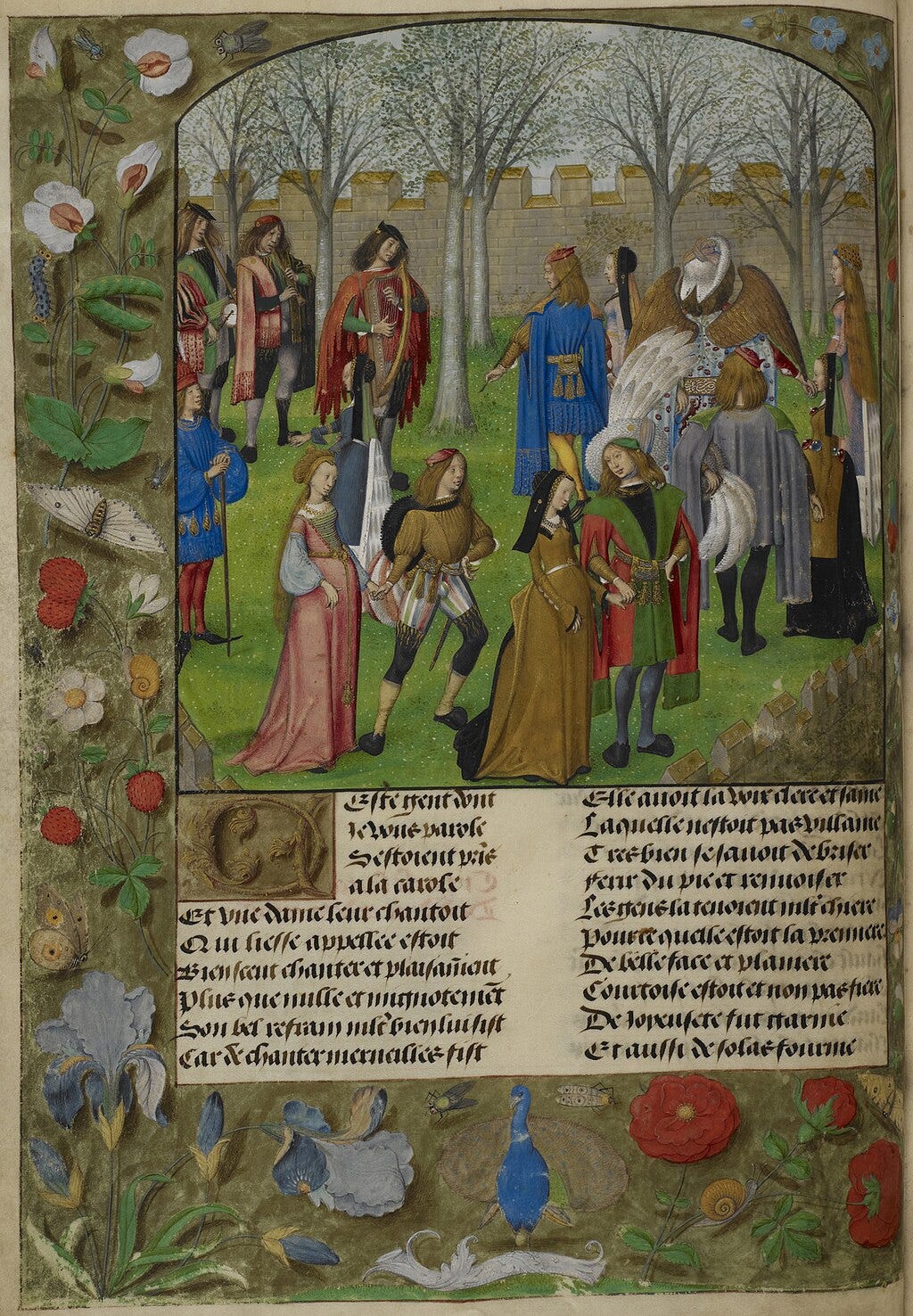
Marie’s poetry was wildly popular during her time and has continued to be read and translated throughout the decades. Next week I want to explore one of her translators, Jessie L. Weston, who published her version in 1900. Marie’s work has demonstrated a timelessness that continues to draw people to her work. I find myself drawn back to her as I research women’s stories, even though my focus is usually on women’s stories from the American West. Perhaps Marie’s work and her translators will provide me with a nice break from the 1800s.
Let me know if you liked this post and if there is additional information you would like to know about Marie’s lais. If you have read her before, put your favorite poem in the comments.

